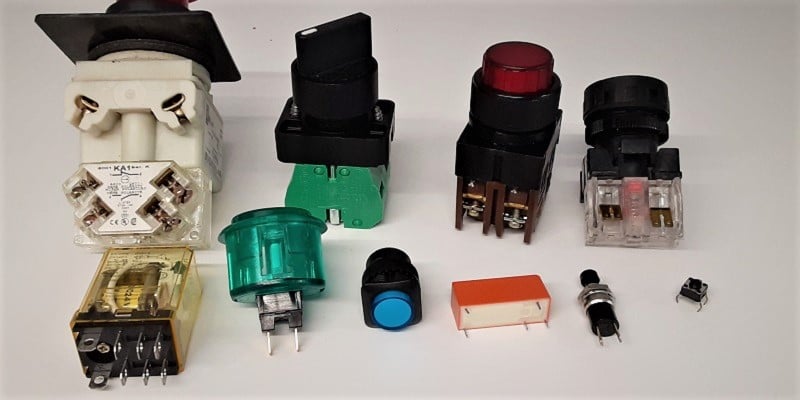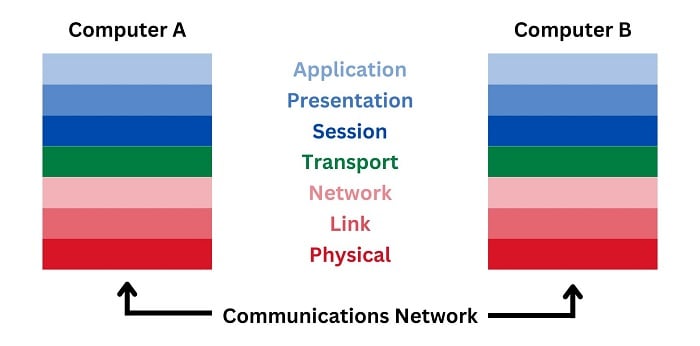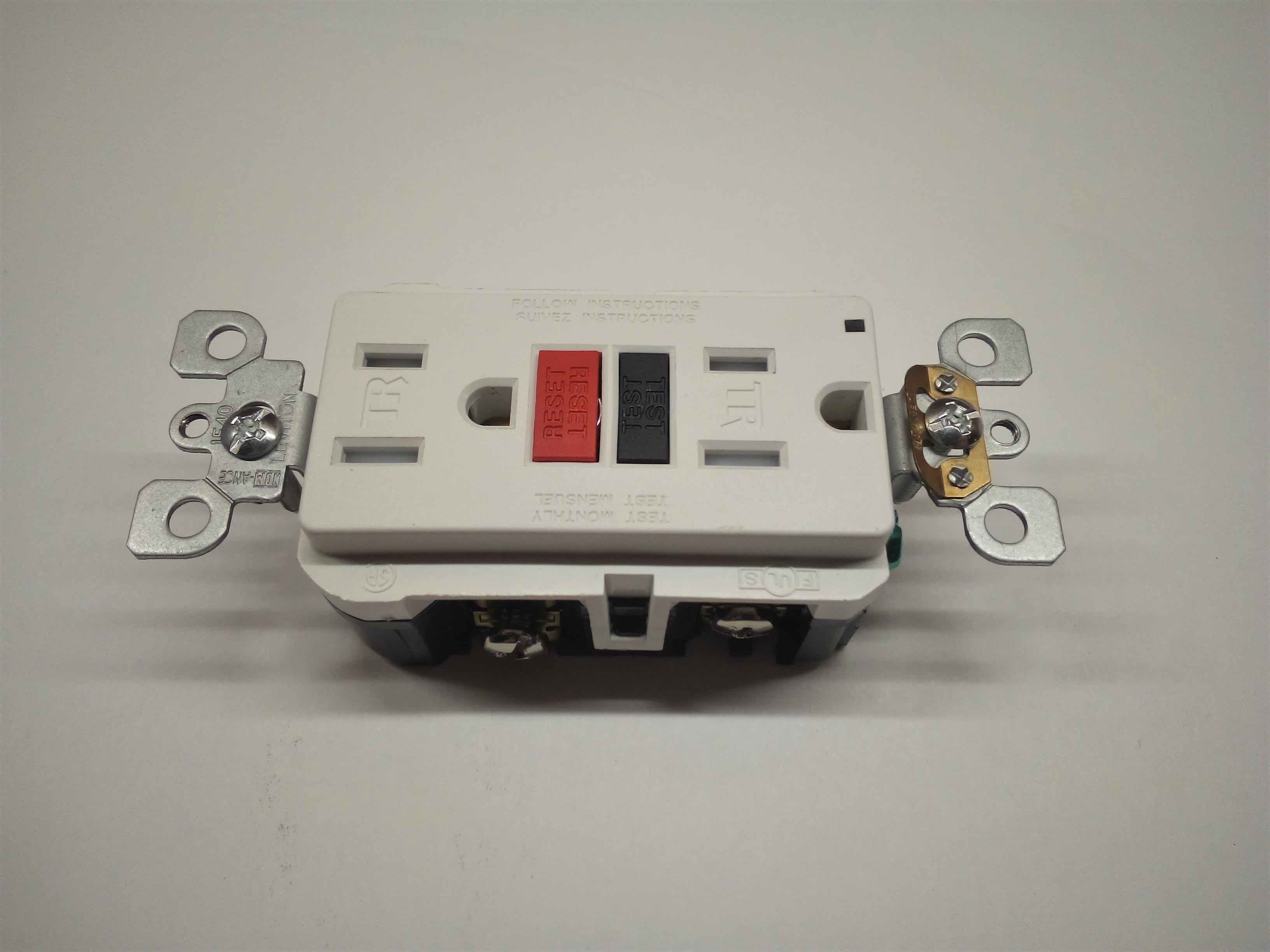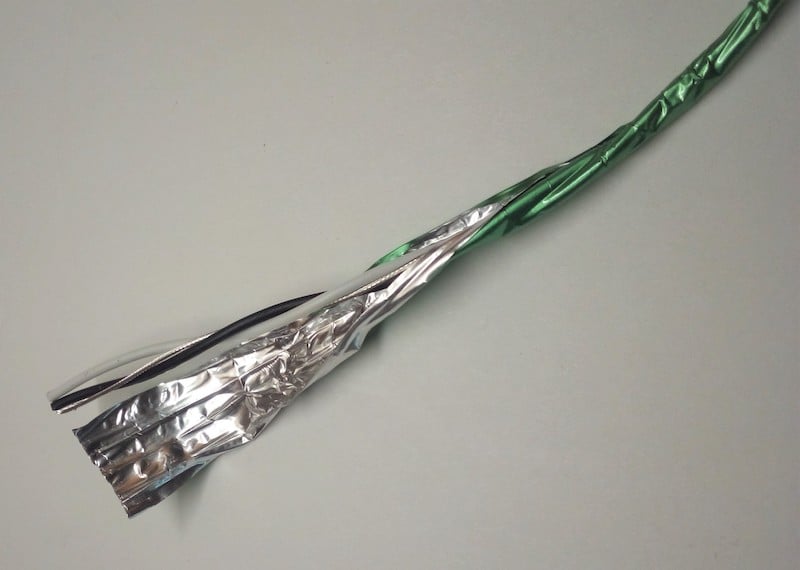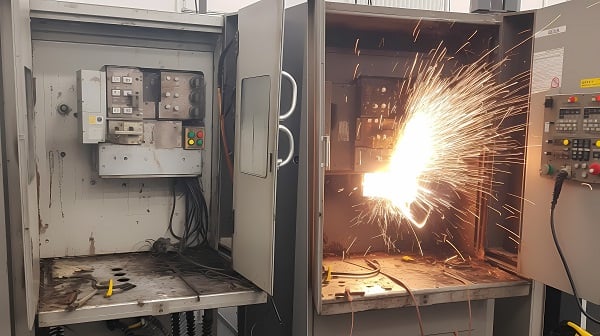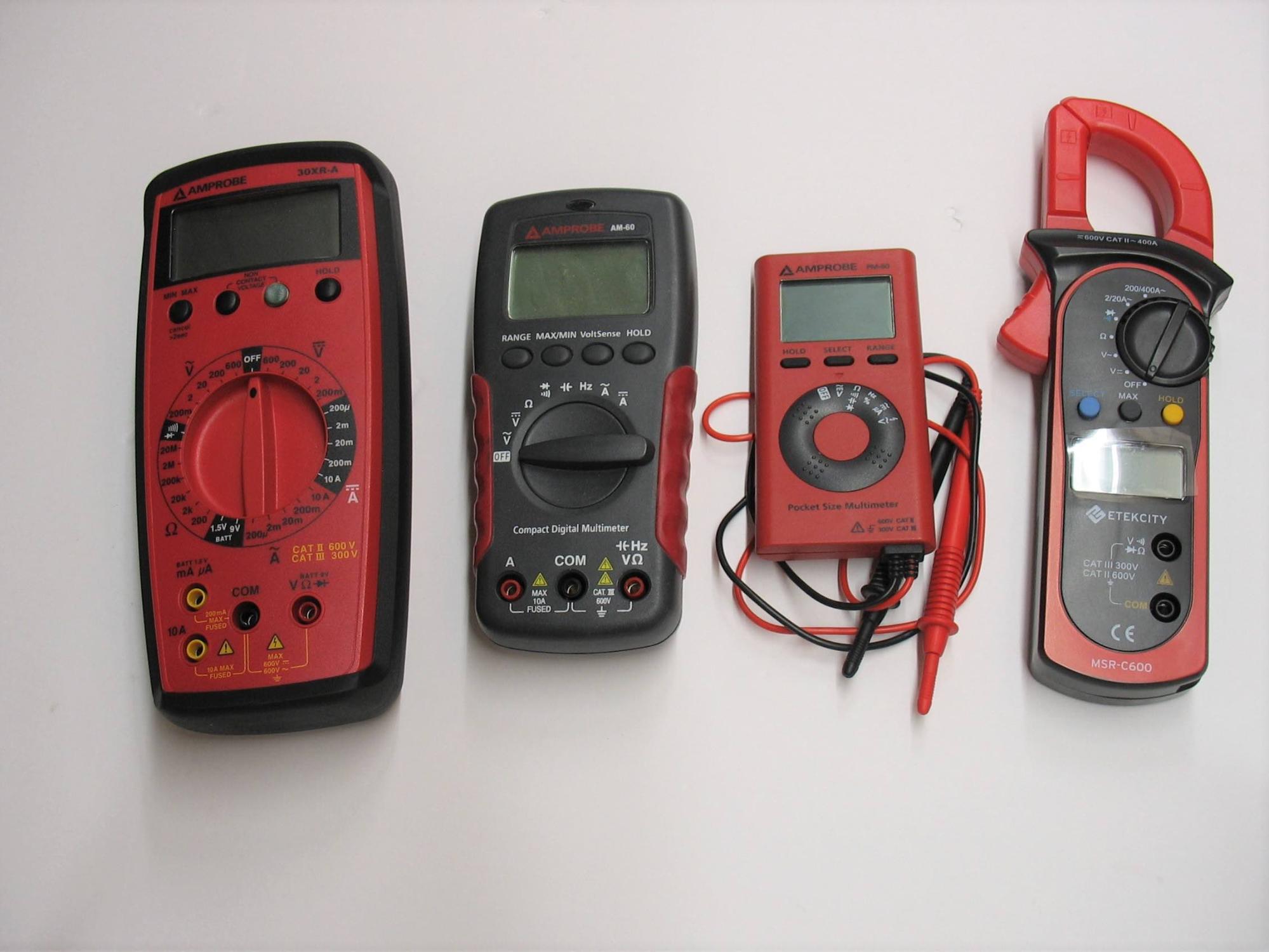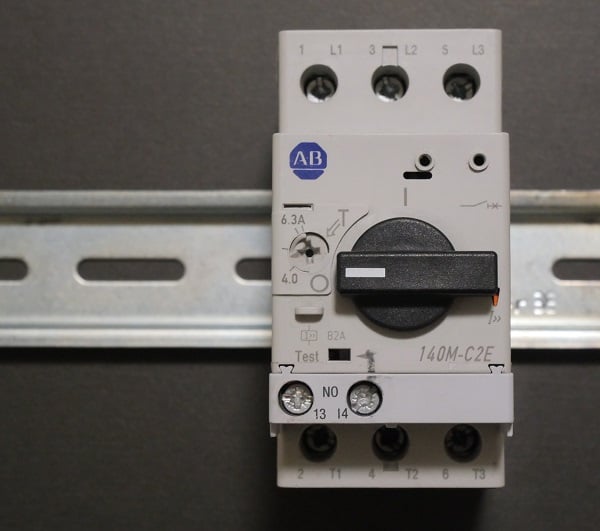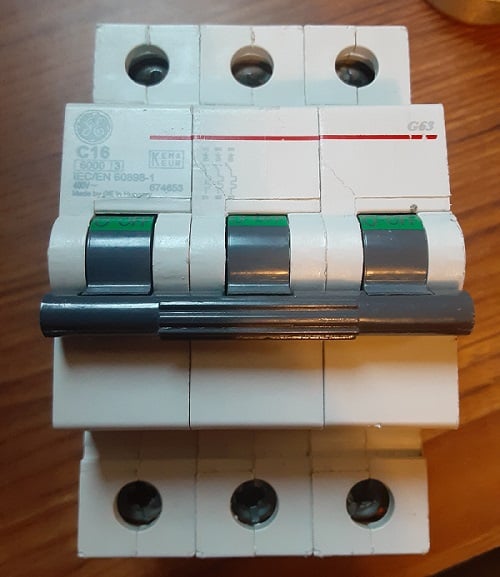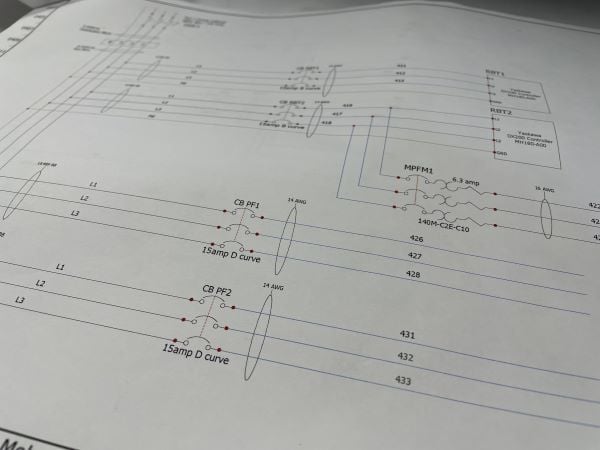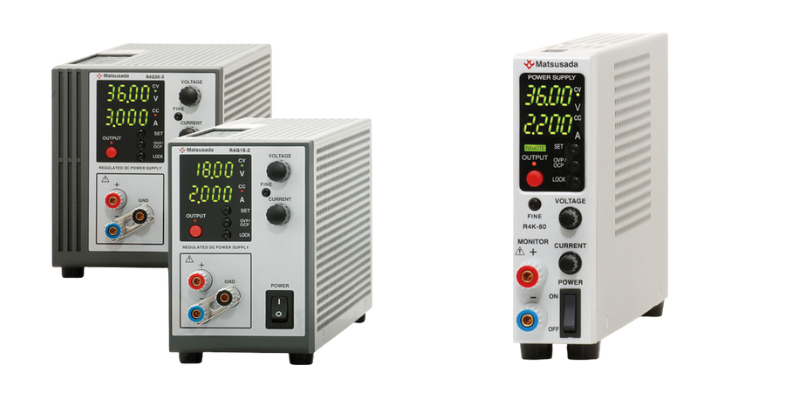Info Byte: What’s the Deal With Debouncing Switches?
Before digital control systems, responses were fairly slow. Push a button, and a motor contactor engaged. These days, the speed of computers introduces some new challenges but brings solutions as well. In the control system engineering space, it is well known that two different techniques exist for switching purposes, those that are purely mechanical and … Read more

